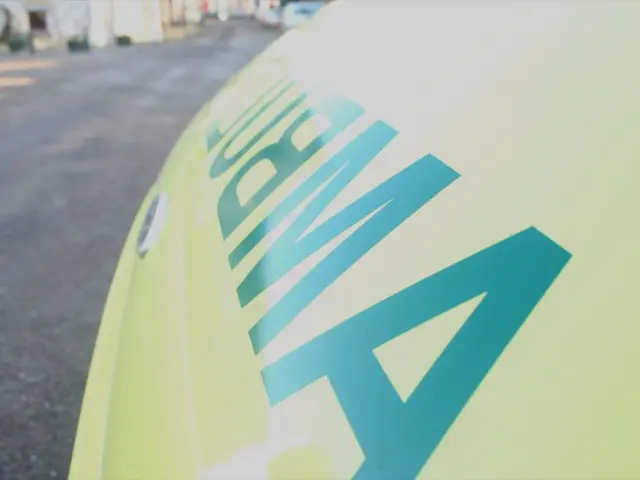Archaeologists Discover Intact Ceramics in a 2,000-Year-Old Sunken Ship in Turkey
The ancient world continues to reveal its secrets, as a 2,000-year-old shipwreck off the coast of Adrasan, Turkey, has astonished archaeologists with its remarkably intact cargo. Known as the "Seramik Batigi" or "Ceramic Shipwreck," this Late Hellenistic–Early Roman period vessel was discovered as part of the Heritage for the Future project, led by Turkey's Minister of Culture and Tourism, Mehmet Nuri Ersoy.
The ceramic artifacts found within the shipwreck, including plates, bowls, and other dishes, were coated in a protective layer of raw clay. This unusual preservation method has kept the ceramics nearly intact, with their designs remaining clearly visible. Remarkably, the ceramics were found in their original traveling positions, providing valuable insights into how they were stored, produced, and packaged thousands of years ago.
This particular find defies the image of a typical shipwreck, as the ceramics are incredibly well-preserved. The ceramics were located about 120 to 150 feet underwater, making their discovery even more remarkable. As part of the Heritage for the Future project, work is being carried out year-round to excavate and research these sites, with the aim of increasing the output and public profile of Turkish archaeology.
In a stark contrast to the Seramik Batigi's story, the HMS Wager, an 18th-century British Royal Navy ship, is a tale of survival against all odds. Part of a squadron sent around South America during the 1740s, the HMS Wager famously wrecked on the coast of what is now Chilean Patagonia in 1741. The survivors faced extreme hardship, including starvation, mutiny, and internal conflict. The wreck and the subsequent ordeal involved desperate survival efforts in a hostile, uncharted wilderness far from rescue, earning the story a grim reputation as one of the most harrowing maritime disasters of its era.
In conclusion, the Seramik Batigi shipwreck, with its exceptionally preserved cargo, offers a fascinating glimpse into the past, while the story of the HMS Wager serves as a stark reminder of the challenges faced by those who ventured onto the high seas in centuries past. The discoveries made through projects like the Heritage for the Future project continue to enrich our understanding of history and the lives of those who lived thousands of years ago.
The "Seramik Batigi" shipwreck's cargo, meticulously preserved in raw clay, offers valuable insights into the culture and trade practices of the Late Hellenistic–Early Roman period. The ceramics, discovered in their original travel positions, provide a unique context for understanding ancient storage, production, and packaging methods.
The exceptional preservation of these ceramics, found 120 to 150 feet underwater, challenges the common perception of shipwrecks and serves as a testament to the potential secrets the ancient world still holds. This discovery is part of the Heritage for the Future project, a drive to increase public profile and output in Turkish archaeology.
Contrasting the story of the "Seramik Batigi," the HMS Wager, an 18th-century British Royal Navy ship, stands as a tale of survival amidst overwhelming odds. The HMS Wager's voyage around South America ended in a disaster, with the ship wrecking on the Chilean Patagonia coast in 1741. The survivors faced the brutal test of extreme hardship, including starvation, mutiny, and internal conflict.
The technological advancements of today, such as space and astronomy, environmental science, artificial intelligence, and climate-change research, have shifted our understanding of the world and our place in it. Yet, the story of the HMS Wager serves as a stark reminder of the challenges faced by explorers and adventurers throughout history.
The combined knowledge gathered from archaeological discoveries like the "Seramik Batigi" and the stories of maritime disasters, such as the HMS Wagger, offer a unique perspective on both the history of travel and culture and the resilience of human spirit.




